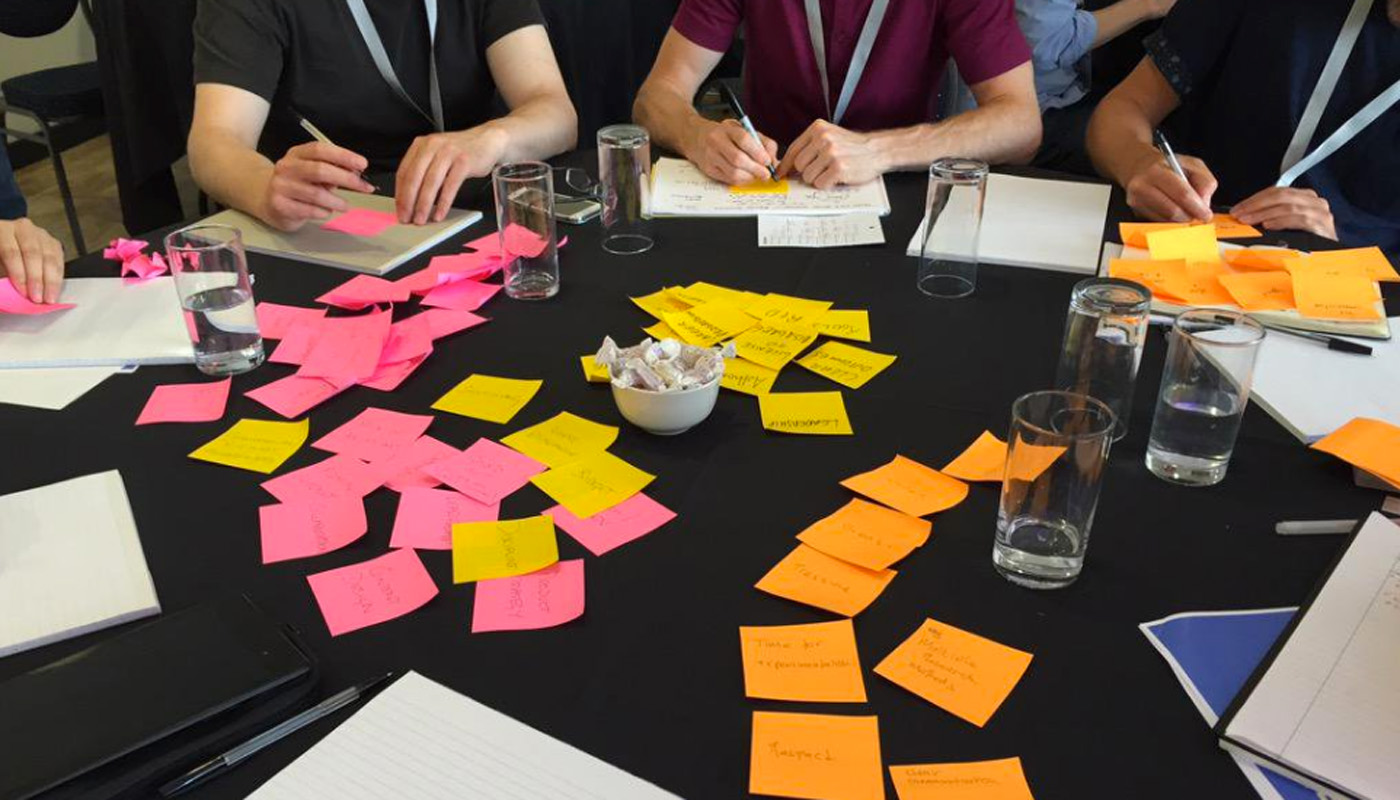
My first UXBristol was very good fun. In fact talking to people out on the M-shed balcony last week it seems that it UXBristol is always fun, and it just gets more and more fun each year. The same seemed to be true of the last UX thing I spoke at; UCD in London.
Technology
How come these UX conferences are such good fun then? 0ne thing l could flag up is that the internet has made it more possible to get a smaller-scale conference together with low overheads. In pre-internet days a conference had to aim to be big to ensure that the costs in publicity, admin and print were guaranteed to be offset. If it wasn’t big then it was just a small casual get-together organised without overheads. Today, with the range of internet based tools available it is possible to move into the middle ground; to get a hundred or so people together with bookings, speakers, schedules, information feeds, the lot. This can all be done in a work-intensive but more cost-effective way, and done year on year without the event becoming a huge impersonal juggernaut.
Numbers
Getting the right number at a conference is difficult. Too high and it feels like herding cattle, too low and it feels like meeting up at the pub (which is fine… but it’s not a conference). To some extent the number of attendees is one variable you can control, although it is not that simple, tied up as it is with the size of the venue and the amount of interest in the event. What is the ideal number of delegates for such an event? You can map out the upper and lower limits; the size at which it is just a meeting and the size at which it becomes riot control, but where is the sweet spot between the two?
Plato's utopian state had 5,040 inhabitants Click To Tweet
The Greek philosopher Plato had something to say on this. His utopian state had 5,040 inhabitants, as this embodied some sort of optimum in terms of how many people you could get to know in your lifetime. The use of facebook has lead to similar discussions of what a friend is and how many friends you can really have. What’s the equivalent ideal number for a conference?
Curating it
Then there is the curation; actively influencing the content and the demographic of the attendees. If you are running a night-club you can curate the content by choosing who the DJs are and you can curate the attendees by installing bouncers with an agenda (‘You can’t come in with those shoes on!’, ‘Sorry mate, you’re far too old…’). With a conference you can have quite fine control over the content, but the idea of vetting the attendees is a step too far; ‘Sorry mate you’re just a bit too techy for this conference, maybe if you go home and put a more colourful shirt on…’
Mixing people up
Then there are the artefacts that promote people mixing. A conference is not just about the transfer of knowledge, it’s also about the people. Some of you will have been on a Safari Supper where you wander around the neighbourhood eating each course at a different house (all pre-arranged I hasten to add!). Each of these courses sees you sitting next to different people having different conversations. Conferences need to encourage this sort of activity as much as possible, but in as subtle a manner as possible.
Chatting over drinks and food is a natural, and having ‘shared stuff’ to comment on is also useful; think of book stalls or other exhibits. UXBristol has a big advantage in this respect, the fact that each presentation involves a high-degree of hands-on activity ensures that participants don’t just sit dozing on their chairs for 50 minutes, they are up and about, chatting, sketching, sitting opposite one another, sticking post-its on anything that moves.
So UX does have some inherent advantages, and new technology plays a part… but of course the other possibility is that UX people just know instinctively what the ingredients are for a good conference…